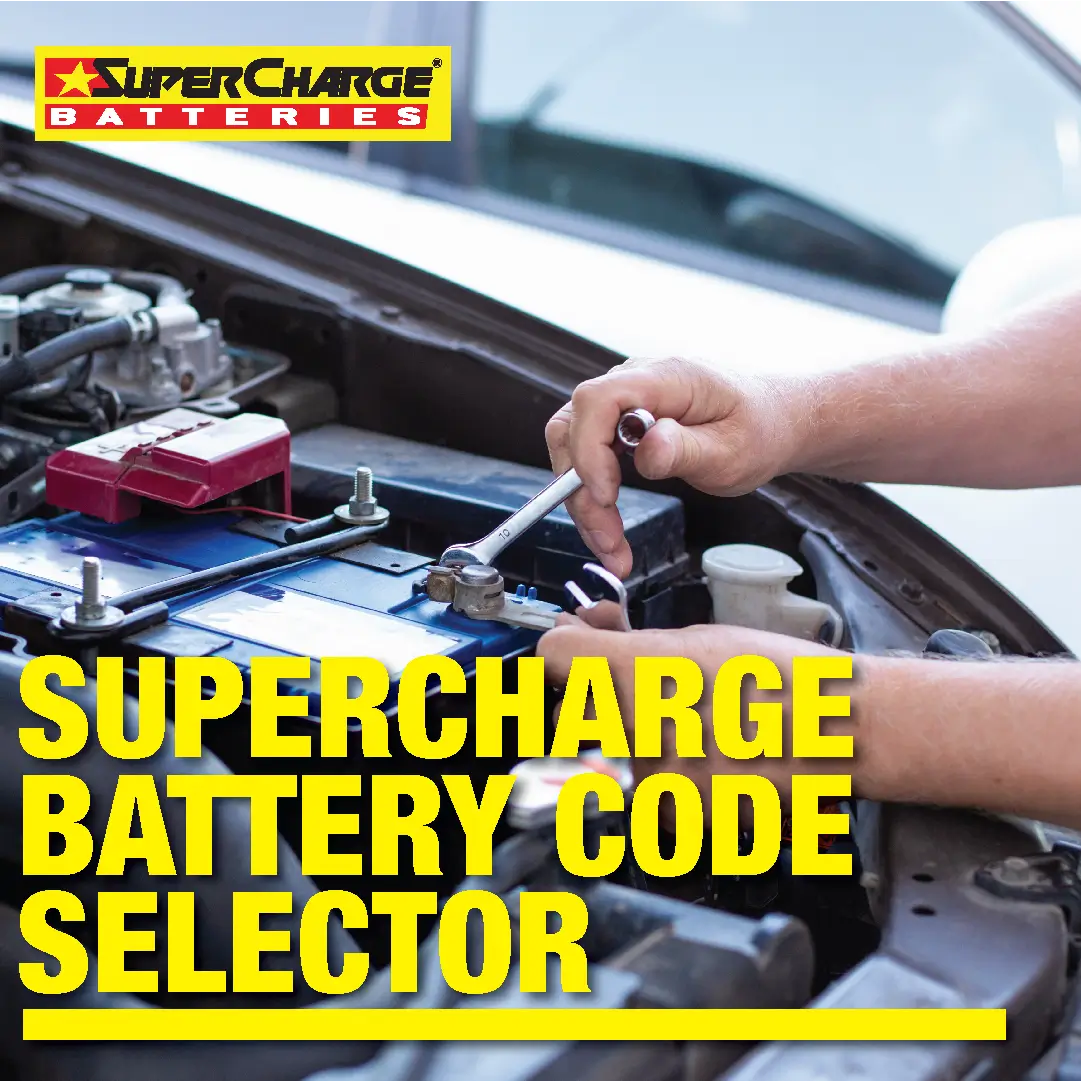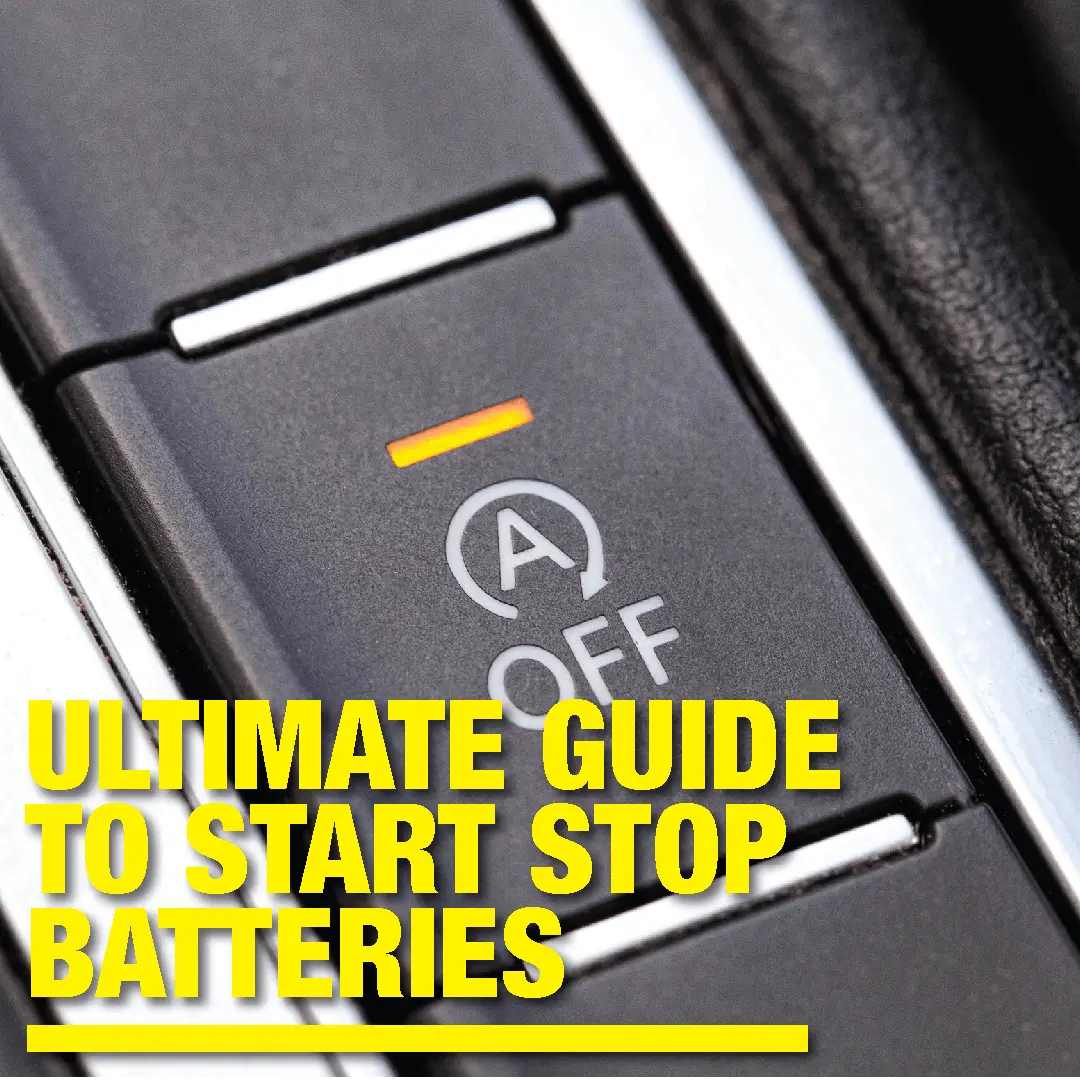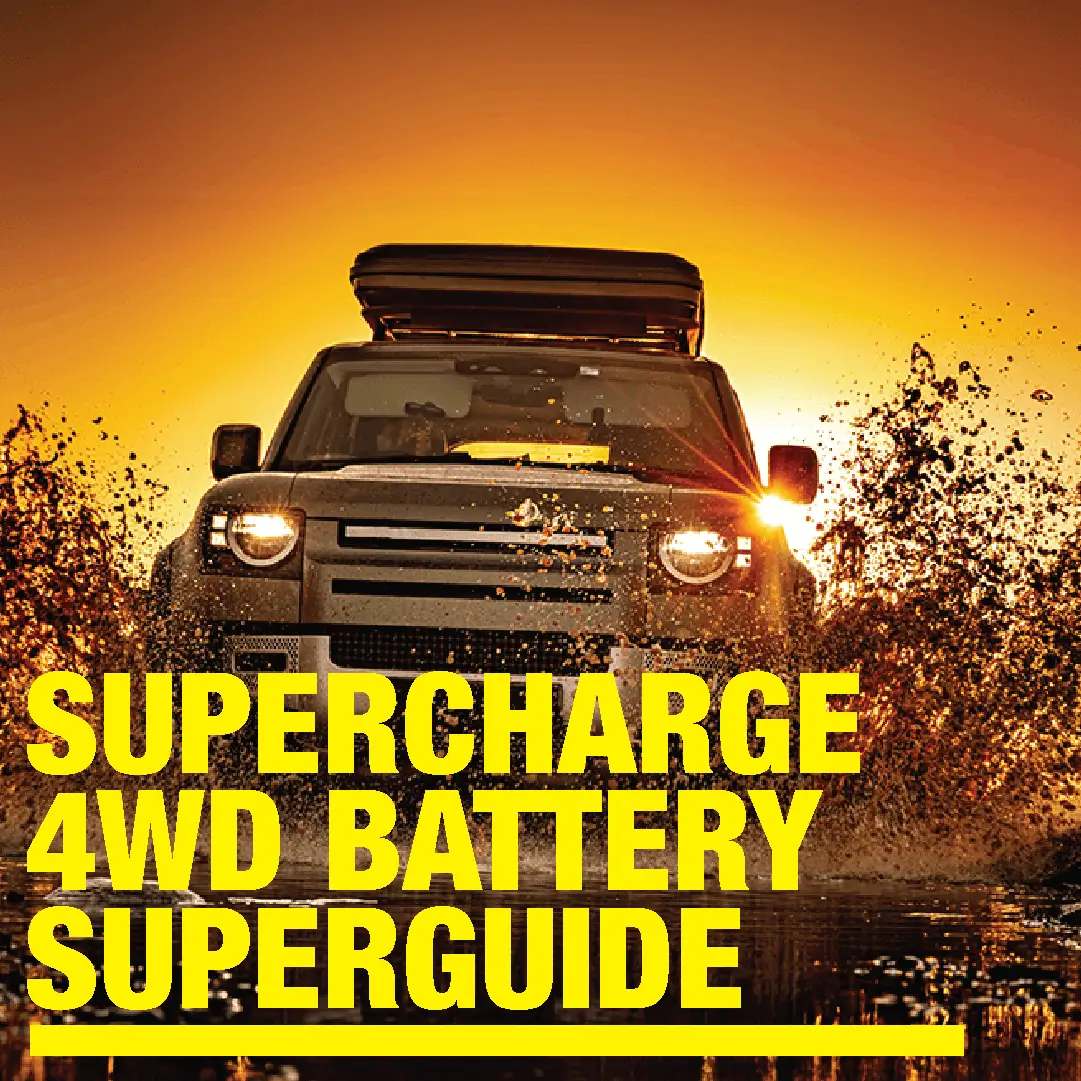Supercharge Battery Code Search
Introducing the Battery Code Search: Simplifying Battery Replacement
SuperCharge Batteries understands the challenges of finding the right battery, so we have developed multiple tools to assist you. Alongside our popular vehicle battery finder and battery rego finder, we’re excited to introduce our latest program: the battery code search. This tool, currently in its beta phase, is designed to offer recommendations and further enhance the user experience. It reflects our commitment to constantly improving our products and services to meet the evolving needs of our customers.
What is the Battery Code Search?
The battery code search simplifies battery replacement by allowing you to input the code found on your existing battery. Our user-friendly interface makes this process quick and easy. Once entered, our system performs an in-depth analysis to determine the best SuperCharge Battery sizes for your vehicle or equipment. This ensures that you receive the most suitable battery that not only fits perfectly but also meets the performance requirements of your application.
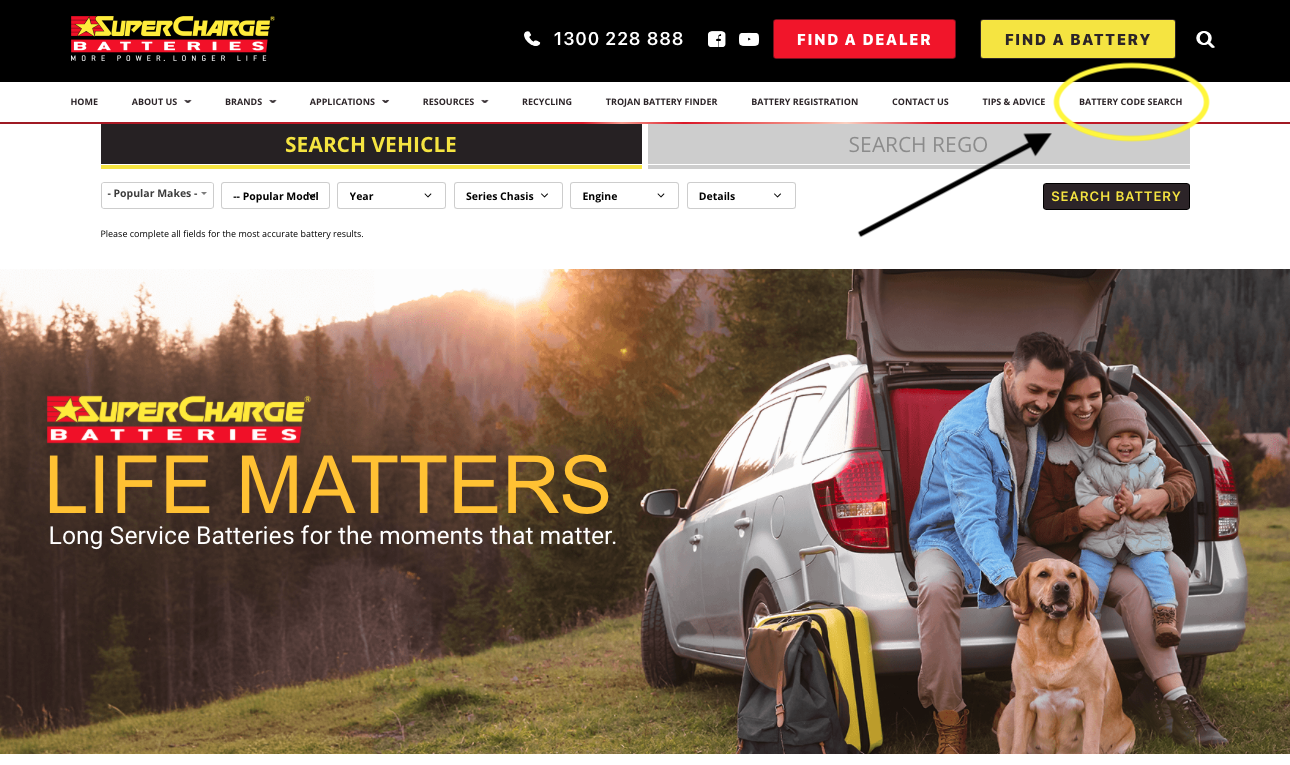
Why the Right Battery Fit Matters
A properly fitting battery is crucial to ensuring optimal performance, especially in challenging environments. Batteries that fit well are better able to withstand vibrations, which is key to extending their operational life. This is particularly important in vehicles or equipment that are subjected to constant motion, where vibration resistance is essential for durability and reliability. With SuperCharge Batteries, you can be confident in the durability and reliability of your battery, no matter the conditions.
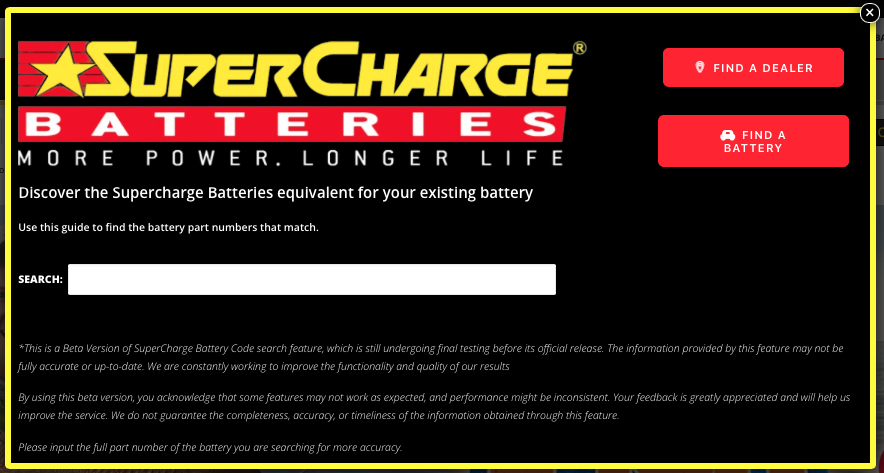
Experience the Precision of the Battery Code Search
At SuperCharge Batteries, we understand that quality and performance go hand in hand. That’s why we’re dedicated to providing tools like the battery code search to make sure you find the perfect replacement every time. By continuously refining our products and services, we aim to help you get the most out of your battery, whether it’s for your car, truck, or specialized equipment. We are committed to your satisfaction and invite you to experience the convenience and precision of the battery code search today. Enjoy a battery solution that’s built to last.
Golf Cart Batteries: A Quick Battery Guide
Golf Cart Batteries: A Quick Battery Guide
Selecting the appropriate battery for your golf cart is pivotal to its performance and longevity. This comprehensive guide provides an in-depth analysis of golf cart batteries, encompassing types, maintenance guidelines, and purchasing considerations.

Types of Golf Cart Batteries
Understanding the diverse types of golf cart batteries is fundamental prior to making a purchase decision. The primary types include:
- Lead-Acid Batteries:
- Positive Aspects: Cost-effective, readily available, and suitable for standard usage. 97% Recyclable.
- Drawbacks: Demands regular maintenance and has a shorter lifespan compared to other types.
- AGM (Absorbent Glass Mat) Batteries:
- Positive Aspects: Maintenance-free, spill-proof, and boasts a longer lifespan than traditional lead-acid batteries.
- Drawbacks: Initial cost is higher.
- Lithium-Ion Batteries:
- Positive Aspects: Lightweight, maintenance-free, long lifespan, and rapid charging capabilities.
- Drawbacks: Initial investment is higher, offering long-term savings. Disposing of used lithium batteries can be costly.
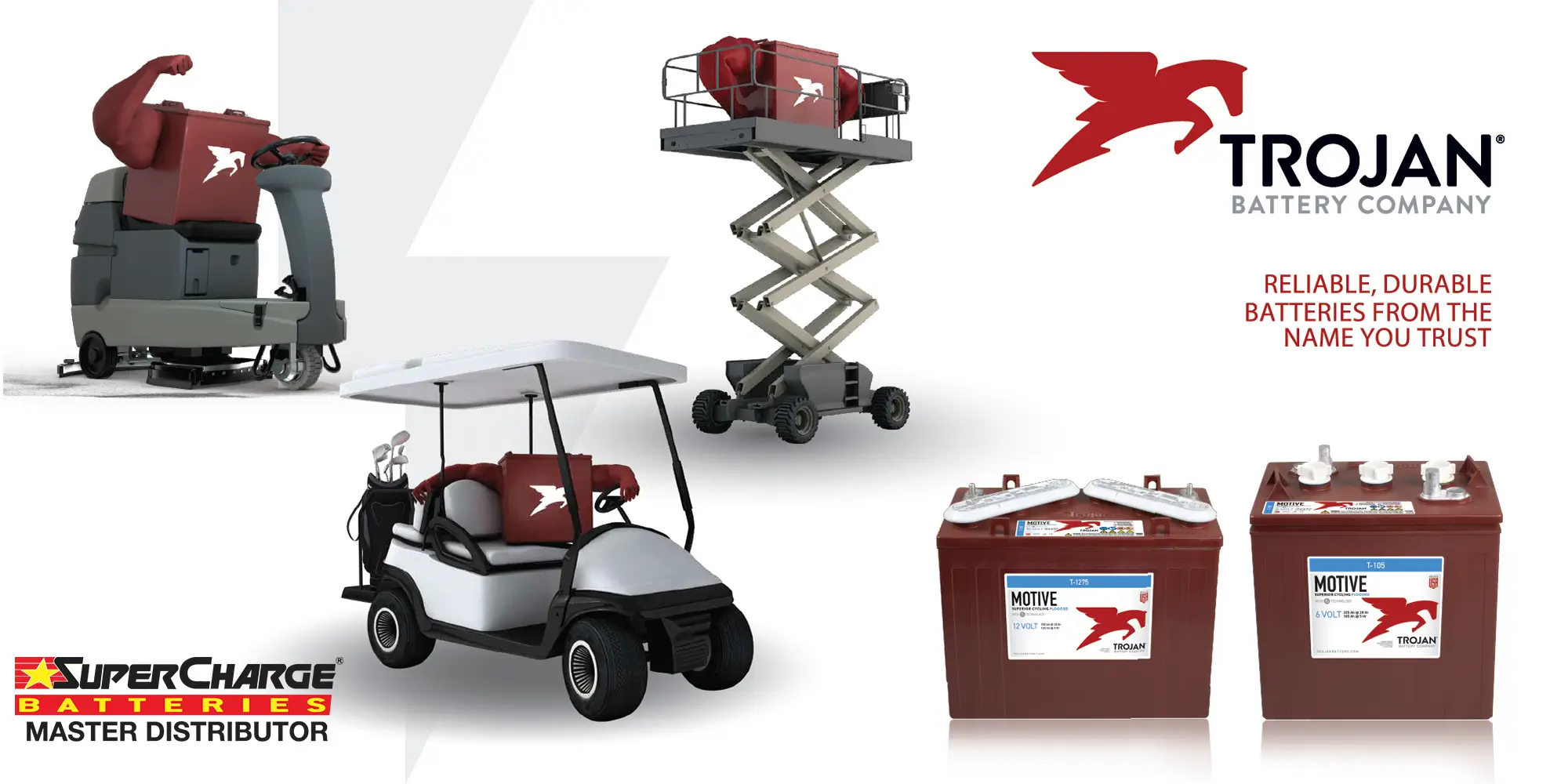
Factors to Consider When Acquiring Golf Cart Batteries
Prior to procuring golf cart batteries, it is imperative to deliberate on the following factors:
- Voltage: Ensure alignment with your cart's voltage requirements (36V or 48V).
- Capacity (Amp Hours, Ah): Evaluate your usage needs to determine the appropriate capacity for extended run time between charges.
- Brand Reputation: Opt for established brands such as Trojan, Ritar, or Motivaction for dependable warranty support and overall reliability.
- Price: While cost-effectiveness is key, it is essential to recognize that a quality battery signifies a long-term investment.
- Warranty: Scrutinize the warranty period and coverage, indicative of product reliability.
Maintenance Tips for Golf Cart Batteries
To prolong the lifespan of your golf cart batteries, adhere to the following maintenance guidelines:
- Regular Charging: Avoid complete discharge and charge the battery post each use.
- Water Levels: For lead-acid batteries, routinely inspect water levels and replenish with distilled water as necessary.
- Clean Connections: Maintain clean and corrosion-free terminals and utilize a mixture of baking soda and water for cleaning if required.
- Proper Storage: Store your cart and batteries in a cool, dry location during off-season intervals. Consider utilizing a battery maintainer to sustain charge.
The selection of an appropriate golf cart battery is integral to upholding the cart’s performance and extending its lifespan.
By comprehending the various battery types, contemplating pivotal factors, and adhering to diligent maintenance practices, seamless cart operation can be ensured for an extensive duration. Irrespective of whether you are an occasional golfer or a frequent user, investing in a superior-quality battery is invariably worthwhile.
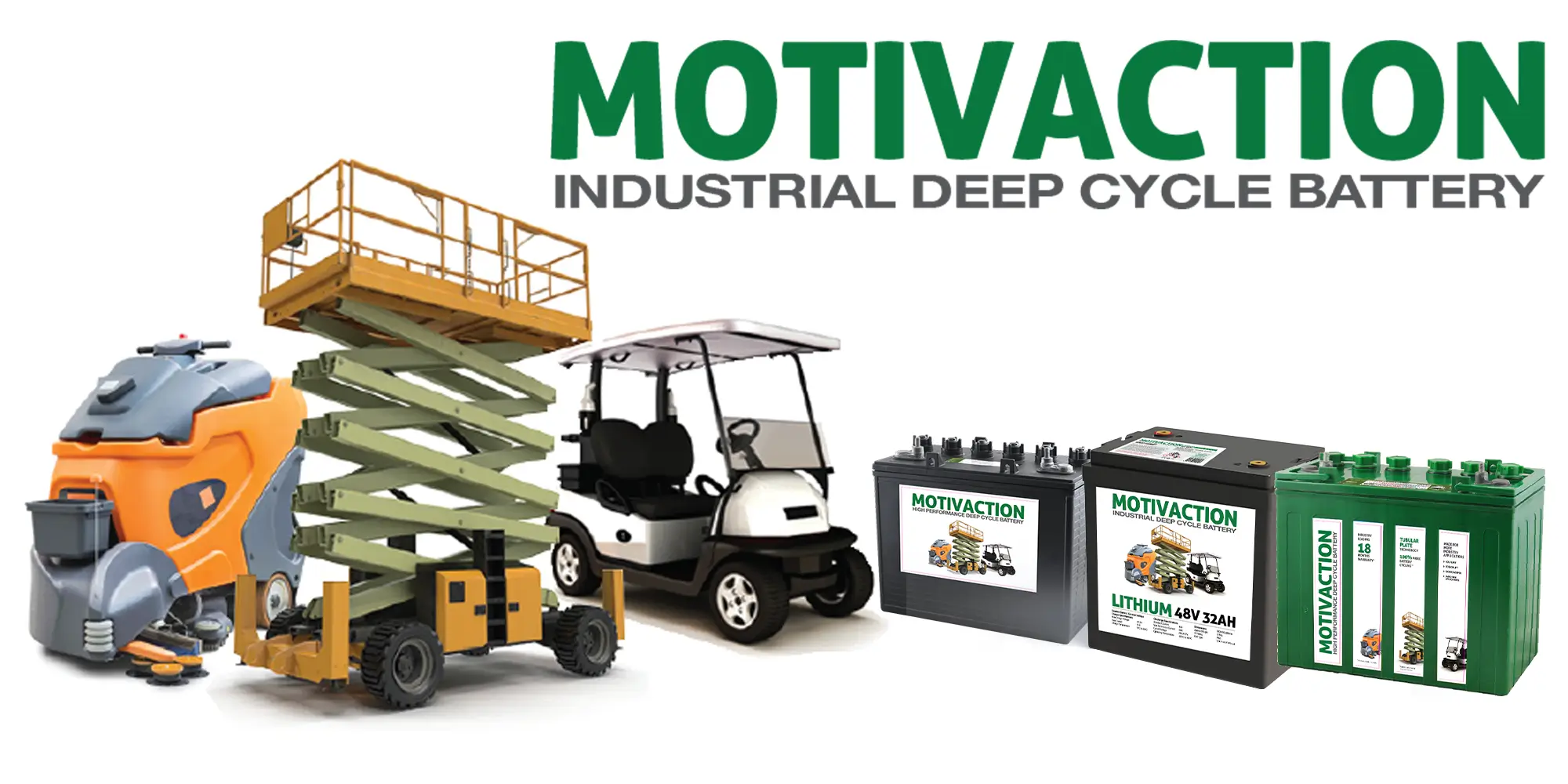
Frequently Asked Questions (FAQs)
A well-maintained golf cart battery typically lasts between 5-7 years, contingent upon the type and usage patterns.
No, car batteries are not engineered for deep-cycle usage like golf cart batteries and their utilization may compromise cart performance.
Indicators encompass diminished run time, prolonged charging periods, and incapacity to retain charge. Observing any of these signals implies potential battery replacement.
Ultimate Guide to Start Stop Car Batteries
Ultimate Guide to Start Stop Car Batteries
Start stop car battery technology has revolutionized the automotive industry, enhancing fuel efficiency and reducing emissions by automatically shutting down and restarting the engine at traffic stops. This technology relies on specialized batteries known as Stop Start batteries, which are designed to handle the unique demands of frequent start-stop cycles. In this comprehensive guide by Supercharge, we explore everything you need to know about Stop Start car batteries, including their types, benefits, maintenance, and frequently asked questions.
Looking for information on regular car batteries? Check out our Supercharge Car Battery Superguide here.
Start Stop Car Batteries Explained
start stop cars require batteries that can handle frequent charging and discharging cycles without compromising performance or longevity. Traditional lead-acid batteries struggle to meet these demands effectively.
Therefore, two main types of batteries are commonly used:
- Enhanced Flooded Batteries (EFB): EFB batteries are an evolution of standard lead-acid batteries, featuring enhanced durability and cyclic capabilities. They are cost-effective solutions for vehicles with moderate Stop Start requirements.
- Absorbent Glass Mat (AGM) Batteries: AGM batteries offer superior performance and durability compared to EFB batteries. They are designed with advanced technology, using absorbent glass mat separators to enhance cyclic stability and resistance to vibration.
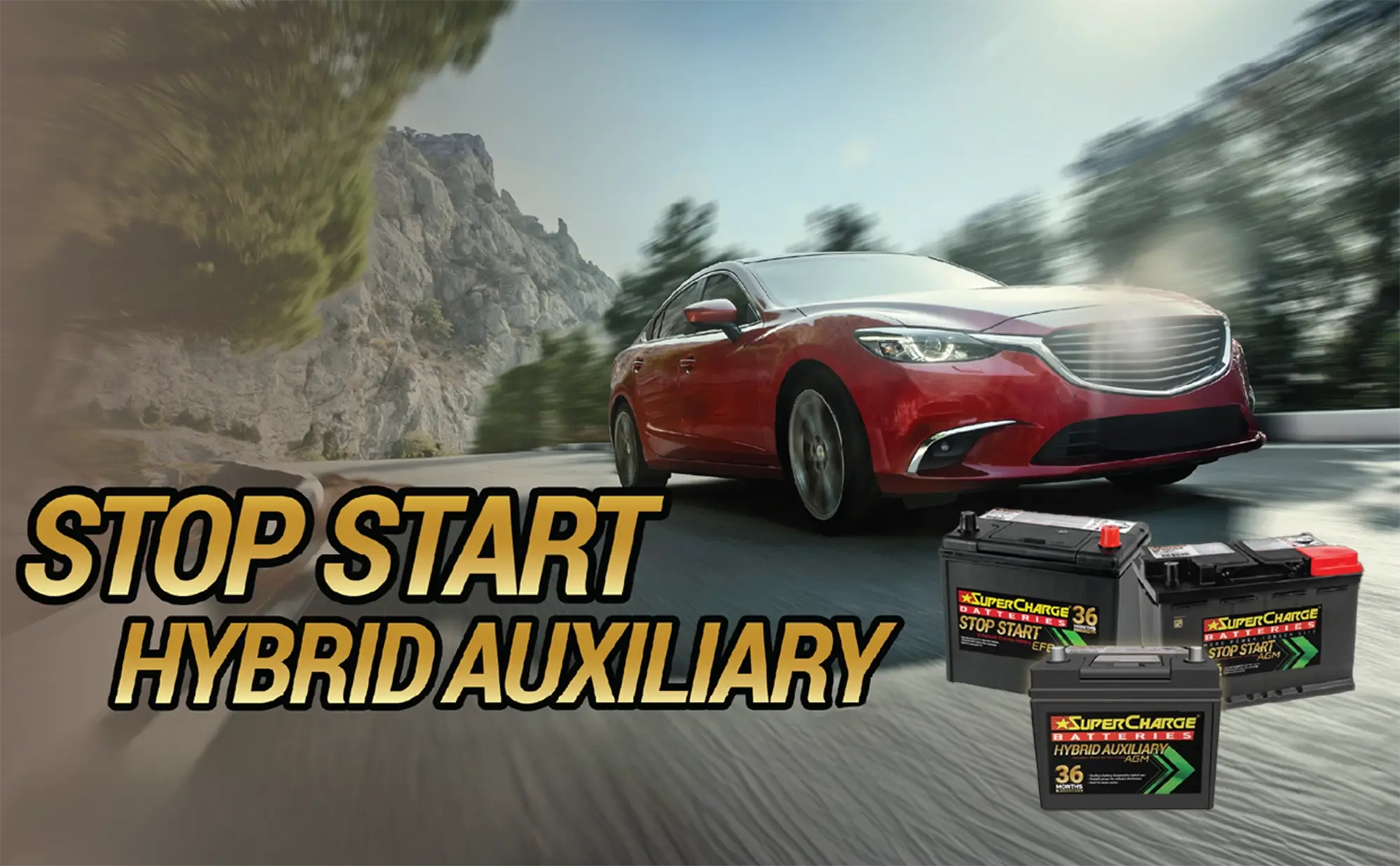
Choosing A Start Stop Car Battery
When choosing a battery for your vehicle, nothing beats the reliability and longevity of a SuperCharge start stop battery. With over a century of experience, our parent company RAMCAR manufactures these batteries in state-of-the-art facilities, ensuring they exceed industry standards and original equipment requirements. As the preferred supplier for major automotive corporations, our commitment to innovation charges through in every battery we produce. Designed with meticulously selected components and advanced technology, our batteries deliver unparalleled efficiency, prolonged service life, and robust performance. Engineered to withstand the rigorous demands of stop-start engines, including frequent discharges and in-cabin installations, our batteries feature hardened framed plates, corrosion-resistant alloys, and a vibration-resistant design. When you choose SuperCharge Start Stop batteries, you’re investing in reliability, durability, and peace of mind on every journey.
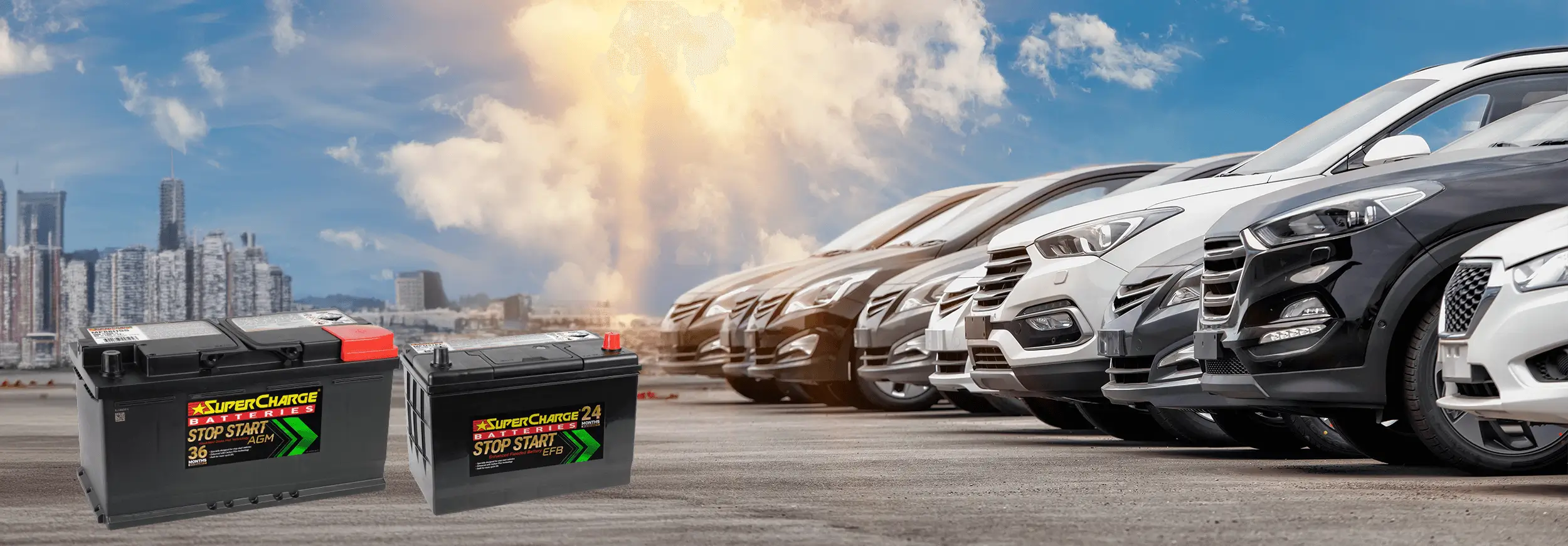
Start Stop Battery Maintenance
Maintaining a start stop battery is crucial for ensuring its longevity and optimal performance, especially given the demanding nature of start stop technology. Here’s a comprehensive 10-step guide to effectively maintain your start stop battery:
- Understand Your Battery: Familiarize yourself with your specific start stopbattery's requirements and specifications, which can usually be found in the owner's manual or manufacturer's guidelines. Use our battery finder to assist matching a SuperCharge start stop battery to your car.
- Regular Visual Inspections: Conduct visual inspections of the battery and its surroundings. Look for signs of corrosion, leaks, or physical damage. Address any issues promptly to prevent further damage.
- Check Voltage Levels: Use a multimeter to measure the battery's voltage regularly. A healthy battery should typically show around 12.6 to 12.8 volts when fully charged. Anything significantly lower may indicate a problem.
- Clean Terminals: Over time, terminals can accumulate corrosion, which hampers electrical conductivity. Clean the battery terminals and cable connections using a mixture of baking soda and water or a dedicated battery terminal cleaner. Ensure terminals are dry before reconnecting cables.
- Inspect Cables and Connections: Inspect battery cables for any signs of wear, corrosion, or loose connections. Tighten connections as needed and replace cables that show signs of damage.
- Maintain Proper Charging: Ensure the battery is charged properly to maintain its health. If your vehicle doesn’t have a built-in maintenance charging system, consider using a battery maintainer or charger designed for AGM or EFB batteries.
- Drive Regularly: start stop batteries benefit from regular use. If your vehicle is not used often, consider taking it for occasional drives to prevent the battery from draining excessively.
- Avoid Deep Discharges: Minimize deep discharges, which can shorten battery life. If your vehicle experiences frequent battery drains, consider checking for underlying electrical issues that may be causing excessive drain.
- Protect from Extreme Temperatures: Extreme heat or cold can affect battery performance and lifespan. Park your vehicle in a garage or shaded area whenever possible to mitigate temperature extremes.
- Follow Manufacturer Guidelines: Always follow the maintenance guidelines provided by the battery manufacturer and your vehicle's manufacturer. This includes recommended intervals for battery checks, replacements, and any specific care instructions.
By following these steps diligently, you can maximize the lifespan and performance of your start stop battery, ensuring reliable operation of your vehicle’s electrical systems and start-stop functionality. Regular maintenance not only extends battery life but also enhances overall vehicle reliability and efficiency.
Avoiding Deep Discharges on a Start Stop Car
A “start stop battery deep discharge” refers to the situation where a stop-start battery, which is designed for vehicles equipped with start-stop technology, undergoes a discharge that significantly reduces its state of charge (SOC).
In vehicles with start-stop systems, the battery experiences frequent cycles of discharging and recharging as the engine automatically shuts off when the vehicle comes to a stop and restarts when the driver lifts off the brake pedal. These cycles can lead to what is known as shallow cycling, where the battery is not fully discharged before being recharged.
However, a deep discharge occurs when the battery is subjected to a discharge that goes beyond the typical shallow cycling. This could happen if the vehicle is left with accessories running while the engine is off for an extended period, or if there’s a fault in the electrical system causing excessive battery drain.
Deep discharges can negatively impact the performance and lifespan of a stop-start battery. These batteries are designed to handle frequent shallow cycles but may degrade faster if subjected to deep discharges regularly. It can lead to reduced capacity, increased internal resistance, and ultimately shorten the battery’s useful life.
To prevent deep discharges, it’s important to ensure proper maintenance of the vehicle’s electrical system, avoid unnecessary drain on the battery when the engine is off, and follow manufacturer recommendations for battery care and maintenance. Regularly checking the battery’s state of charge and voltage levels can help identify any issues early and prevent deep discharges that could affect battery performance.
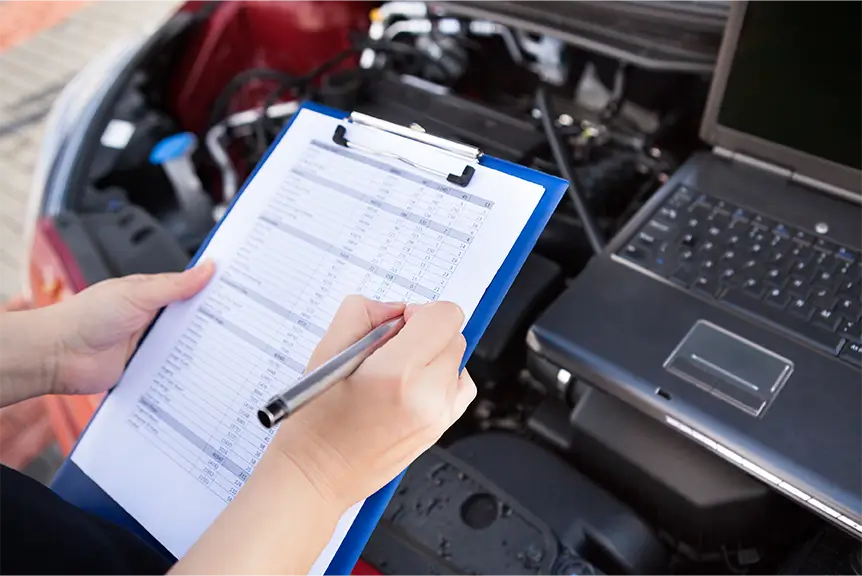
How to install a Start Stop Car Battery
Installing a start stop car battery is a straightforward process that can be done with basic tools and following proper safety precautions.
Here are 10 steps to guide you through the installation:
- Gather Tools and Materials: Ensure you have the necessary tools, including wrenches or sockets (usually 10mm or 13mm), gloves, and safety goggles. Also, have the new battery ready.
- Park the Vehicle Safely: Park the vehicle on a flat surface and engage the parking brake. Turn off the engine and remove the keys from the ignition.
- Locate the Battery: Open the hood and locate the existing battery. It's typically located in the engine bay, either on the side or near the front of the vehicle.
- Disconnect the Negative Terminal: Using a wrench or socket, loosen the nut on the negative (-) terminal clamp. Remove the clamp from the battery terminal and secure it away from the battery to prevent accidental contact.
- Disconnect the Positive Terminal: Repeat the process for the positive (+) terminal. Loosen the nut on the positive terminal clamp, remove the clamp from the battery terminal, and set it aside.
- Remove the Old Battery: Depending on the type of battery mount, there may be a bracket or strap securing the battery in place. Use appropriate tools to loosen and remove any securing mechanisms. Carefully lift the old battery out of the battery tray and place it aside.
- Prepare the New Battery: Ensure the new start stop battery is the correct size and type for your vehicle. Check the terminals to confirm they match the old battery (top post or side post). If necessary, transfer any protective caps or covers from the old battery to the new one.
- Install the New Battery: Carefully place the new battery into the battery tray, ensuring it sits securely. Replace any brackets or straps and tighten them securely to hold the battery in place.
- Connect the Positive Terminal: Slide the positive terminal clamp over the positive battery terminal. Tighten the nut securely using a wrench or socket.
- Connect the Negative Terminal: Slide the negative terminal clamp over the negative battery terminal. Tighten the nut securely using a wrench or socket.
- Check Installation: Ensure all connections are tight and secure. Double-check that the positive and negative terminals are correctly connected. Inspect the battery for any signs of damage or leaks.
- Test the Battery: Start the vehicle to ensure the new battery is functioning properly. Check that all electrical systems, including lights and accessories, are working correctly.
Please note, it is always recommended to replace your battery with the same OE specifications and technology. If you are changing battery technology, your vehicle would need reprogramming as the charging system would have changed.
By following these steps carefully, you can successfully install a start stop car battery and ensure reliable performance from your vehicle’s electrical system. If you’re unsure about any step, refer to your vehicle’s owner’s manual or consult a professional mechanic for assistance.
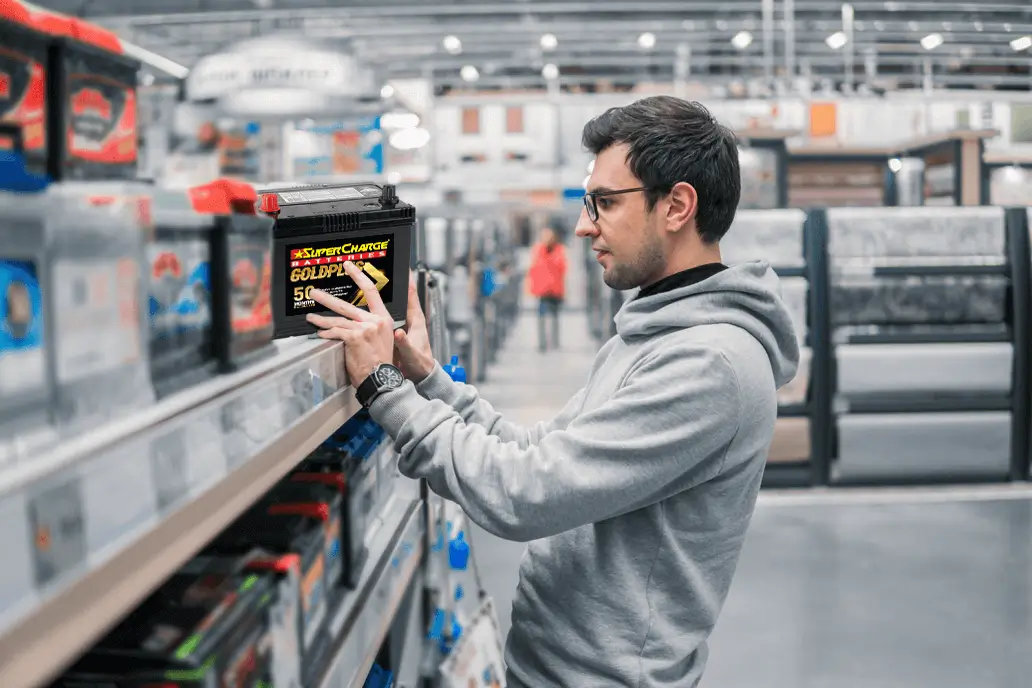
Find a Supercharge Start Stop car battery near you
Once you’ve selected the perfect battery for your vehicle from Supercharge’s extensive range, finding your nearest reseller is quick and easy with our “Find a Dealer“ map. Enter your location details to discover a network of authorized Supercharge dealers conveniently located near you. Whether you’re in need of professional installation services, expert advice, or simply want to purchase your chosen battery in person, our trusted dealers are ready to assist you.
With a commitment to customer satisfaction and excellence in service, Supercharge dealers ensure a seamless and hassle-free experience so you can get back on the road with confidence. Visit our website today to find your nearest Supercharge dealer and experience the convenience of shopping for your automotive battery needs.
Commonly Asked Start Stop Car Battery Questions
Start Stop batteries need a bit more consideration than your average battery, so check out common stop start battery questions we get from our customers.
Yes, Start Stop batteries are specifically designed to withstand the demands of frequent engine restarts and provide reliable power for electrical systems during engine off periods.
Start Stop batteries generally cost more than traditional batteries due to their advanced technology and enhanced durability.
Yes, you can replace a Start Stop battery yourself following manufacturer guidelines and safety precautions. However, due to the sensitive electronics involved, it’s advisable to consult your vehicle’s manual or a professional if unsure.
Yes, you can use a Start Stop battery in a normal car. However, it may not provide significant benefits unless the vehicle operates under similar stop-start conditions.
Yes, start stop batteries can be charged using appropriate battery chargers designed for AGM or EFB batteries.
Yes, you can jump start a Start Stop battery following standard jump-starting procedures. However, ensure both vehicles are compatible and follow safety guidelines.
Using a non-start stop battery in a start stop vehicle may lead to reduced performance and lifespan, as these batteries are not designed for the cyclic demands of Stop Start systems.
If your vehicle is equipped with start stop technology, using a dedicated start stop battery is recommended to ensure optimal performance and longevity of the battery and electrical system.
Start stop batteries typically do not require programming. However, some vehicles may require a battery reset or registration process using diagnostic tools after battery replacement.
Frequent start-stop cycles can accelerate battery wear. However, properly designed AGM or EFB batteries mitigate this issue with robust construction and cyclic durability.
The lifespan of Start Stop batteries varies depending on usage, maintenance, and environmental factors. Generally, AGM batteries can last longer than EFB batteries due to their superior construction.
Start stop batteries cost more than traditional batteries, with prices varying based on battery type, brand, and specifications. Expect to pay a premium for AGM batteries compared to EFB.
Changing a start stop battery involves disconnecting the old battery, removing it from the vehicle, installing the new battery, and reconnecting it following manufacturer guidelines.
You can test a start stop battery using a battery tester or multimeter to measure voltage and conductance. Professional technicians can also perform load testing to assess battery health.
Using an AGM charger to charge an EFB battery is generally safe, as long as the charger voltage and charging profiles are compatible with the battery specifications.
EFB and AGM batteries serve different purposes and may not be directly interchangeable without considering specific vehicle requirements and manufacturer recommendations.
Replacing an EFB battery with an AGM battery may improve performance and longevity, provided the AGM battery meets the vehicle’s electrical and physical requirements.
You're a Start Stop Car Battery Professional Now!
Choosing the right start stop battery for your vehicle is crucial for optimal performance and longevity. Whether opting for an EFB or AGM battery, Supercharge can offer a premium battery product back with years of research and a great warranty.
Supercharge Superguide to 4WD Batteries
Supercharge Superguide to 4WD Batteries
Looking for the best 4WD battery? Look no further!
Welcome to the Supercharge Superguide to 4WD Batteries, your ultimate resource for everything you need to know about selecting, installing, and maintaining your vehicle’s power source. At Supercharge, we understand the critical role that batteries play in keeping your 4WD and accessories running smoothly and reliably. With our unparalleled expertise and commitment to quality, we offer a range of premium batteries designed to supercharge your off-road adventures.
In this comprehensive guide, we’ll delve into why choosing Supercharge batteries is the smart choice for your 4WD, explore our GoldPlus battery range, provide invaluable tips for selecting the right battery, offer insights into proper battery installation, discuss warranty extensions for added peace of mind, and share essential maintenance tips to maximize battery and vehicle life. If you’re looking for a car battery guide check out our Car Battery Superguide here.
Why Choose Supercharge 4WD Batteries
When it comes to powering your 4WD, reliability is paramount. That’s why countless drivers across Australia trust Supercharge batteries to deliver exceptional performance, every time. Here’s why:
- Unmatched Quality: Supercharge batteries are built to the highest standards, utilizing cutting-edge technology and premium materials to ensure optimal performance and longevity.
- Superior Performance: Whether you're traversing rugged terrain or navigating challenging conditions, Supercharge batteries are engineered to deliver consistent power, even in the most demanding situations.
- Trusted Brand: With over four decades of excellence, Supercharge is the brand of choice for drivers who require reliability and durability in their 4WD batteries.
- Extensive Range: From lightweight 4WDs to heavy-duty vehicles, Supercharge offers a comprehensive range of batteries to suit almost every 4WD type and driving need.
Do you need tough or tougher? Supercharge GoldPlus 4WD Batteries
When it comes to powering your 4WD, Supercharge offer a formidable contender: the GoldPlus battery range. These premium battery line is engineered to deliver unparalleled performance, reliability, and longevity, catering to different driving needs and preferences. Let’s explore the Supercharge GoldPlus batteries and why they should be your top choice for your next 4WD battery replacement.
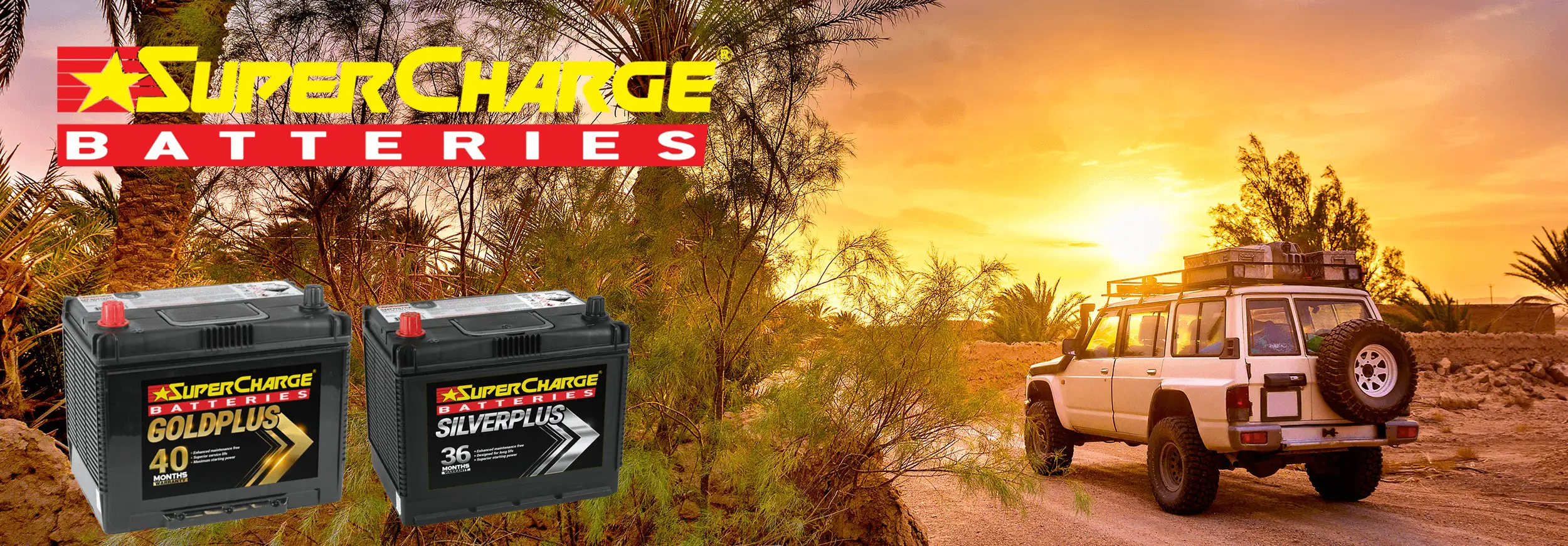
Supercharge GoldPlus: Everyday Excellence
For drivers seeking reliable performance and exceptional value for their daily driving needs, the Supercharge GoldPlus battery range is an ideal choice. Engineered with affordability and quality in mind, GoldPlus batteries provide dependable starting power and durability, making them perfect for everyday 4WDs and budget-conscious drivers.
Here’s why GoldPlus batteries shine:
- Reliable Performance: GoldPlus batteries deliver consistent starting power in various driving conditions, ensuring dependable performance whenever you hit the road.
- Affordable Excellence: Despite their competitive price point, GoldPlus batteries don't compromise on quality or performance, offering excellent value for drivers looking to maximize their investment.
- Versatility: Available in a range of sizes and configurations, GoldPlus batteries fit a wide array of 4WD makes and models, making them a versatile choice for any driver.
Why Choose Supercharge GoldPlus Batteries?
- Unmatched Quality: GoldPlus batteries adhere to the highest standards, utilizing advanced technology and premium materials for optimal performance and longevity.
- Tailored Solutions: Whether you need maximum power and durability for off-road adventures or reliable starting power for daily driving, Supercharge has a battery solution to meet your specific requirements.
- Industry-Leading Warranty: Goldplus boast some of the best industry warranties at up to 50 months and 60 months respectively, just register for the Supercharges warranty extension!
Whether you’re conquering rugged trails or navigating city streets, Supercharge GoldPlus batteries are your ultimate companions on the path to excellence. Choose Supercharge for unmatched performance, reliability, and peace of mind for your next 4WD battery purchase. Explore our full range of premium batteries and find the perfect power source for your 4WD with just your vehicle details.

Understanding 4WD Batteries
Choosing the right battery is crucial for optimal performance and longevity in your 4WD. Use this guide to understand what factors to consider when selecting a battery. You can also use our handy battery finder and match the right battery to your 4WD:
- Compatibility: Ensure the battery is compatible with your 4WD's make, model, and power requirements using our battery finder tool.
- Size: Select a battery that fits snugly into your 4WD's battery compartment to ensure proper installation and fitment.
- Nominal Voltage: Most automotive batteries, including 4WD batteries, have a 12-volt nominal voltage suitable for powering vehicle electrical systems.
- Technology: Choose between lead-acid, AGM (Absorbent Glass Mat), or lithium-ion batteries based on your vehicle's needs and driving conditions.
- CCA (Cold Cranking Amps): Opt for a battery with sufficient CCA to start your 4WD reliably, especially in cold climates or for vehicles with high compression engines.
- RC (Reserve Capacity): Consider a battery with adequate reserve capacity to power essential vehicle functions in case of alternator failure or electrical system overload.
- AH (Ampere-Hour): Choose a battery with a higher AH rating for greater energy storage capacity, ensuring longer-lasting power for your 4WD's accessories.
- Overall Dimension (mm): Match the battery's dimensions to your 4WD's battery tray to prevent fitment issues during installation.
- Post Style: Select a battery with the appropriate post style (top post, side post, dual terminal) that matches your 4WD's wiring system for secure electrical connections.
- Terminal Type: Ensure the battery terminals are compatible with your 4WD's wiring to ensure reliable electrical connections and performance.
- Ledge: Look for a battery with a stable ledge design to prevent shifting or movement during off-road driving, enhancing battery durability and vehicle safety.
- Accessibility: Choose a battery with accessible terminals for easy maintenance, inspection, and servicing, ensuring hassle-free operation and longevity.
- Hydro: Understand the battery's hydro status (presence of liquid electrolyte) for proper maintenance and monitoring over time, particularly in lead-acid batteries.

Pick your 4WD battery setup
When it comes to 4WD battery setups, there are several configurations tailored to meet different needs and preferences of off-road enthusiasts.
Here are the main types:
- Single Battery Setup: This is the most basic configuration where the vehicle operates on a single battery. It powers both the starting of the engine and all electrical accessories. While simple and straightforward, it may not provide sufficient power for extended off-road adventures or heavy electrical loads.
- Dual Battery Setup: A dual battery setup involves installing two batteries in the vehicle, typically connected in parallel. One battery serves as the primary starting battery, while the second (auxiliary) battery is dedicated to powering accessories like winches, lights, refrigerators, and camping equipment. This setup ensures that critical vehicle systems remain operational while allowing accessories to draw power independently without draining the starting battery. Dual battery setups often incorporate isolators or voltage-sensitive relays (VSRs) to manage charging and prevent deep discharges.
- Triple Battery Setup: Less common but sometimes used in vehicles with extensive electrical demands, a triple battery setup adds a third battery to the system. This configuration is typically found in vehicles with high power requirements, such as those equipped with multiple winches or heavy-duty electrical systems. It provides additional reserve capacity and redundancy for extended off-grid trips.
- Auxiliary Battery System: This setup involves adding one or more auxiliary batteries to complement the primary battery. Unlike a dual battery setup, where batteries are often connected in parallel, an auxiliary system may include batteries connected in series or with dedicated roles (e.g., one for starting and another for accessories). This setup allows for more flexible configuration depending on specific power needs.
- Battery Management Systems (BMS): Advanced setups may incorporate sophisticated battery management systems to monitor and optimize battery performance. BMS systems can regulate charging, prevent over-discharge, balance battery usage, and integrate with vehicle electronics for seamless operation.
Each type of setup offers distinct advantages depending on the vehicle’s electrical demands, the duration and intensity of off-road trips, and the desired level of reliability and convenience. Choosing the right 4WD battery setup involves assessing these factors and selecting a configuration that best meets your specific needs and preferences for off-road adventures.
Find a Supercharge 4WD Battery Near You
Once you’ve selected the ideal battery for your 4WD from Supercharge’s extensive range, finding your nearest authorized reseller is quick and convenient with our “Find a Dealer” map. Enter your location details to discover a network of trusted Supercharge dealers conveniently located near you. Whether you need professional installation services, expert advice, or prefer to purchase your battery in person, our authorized dealers are ready to assist you.
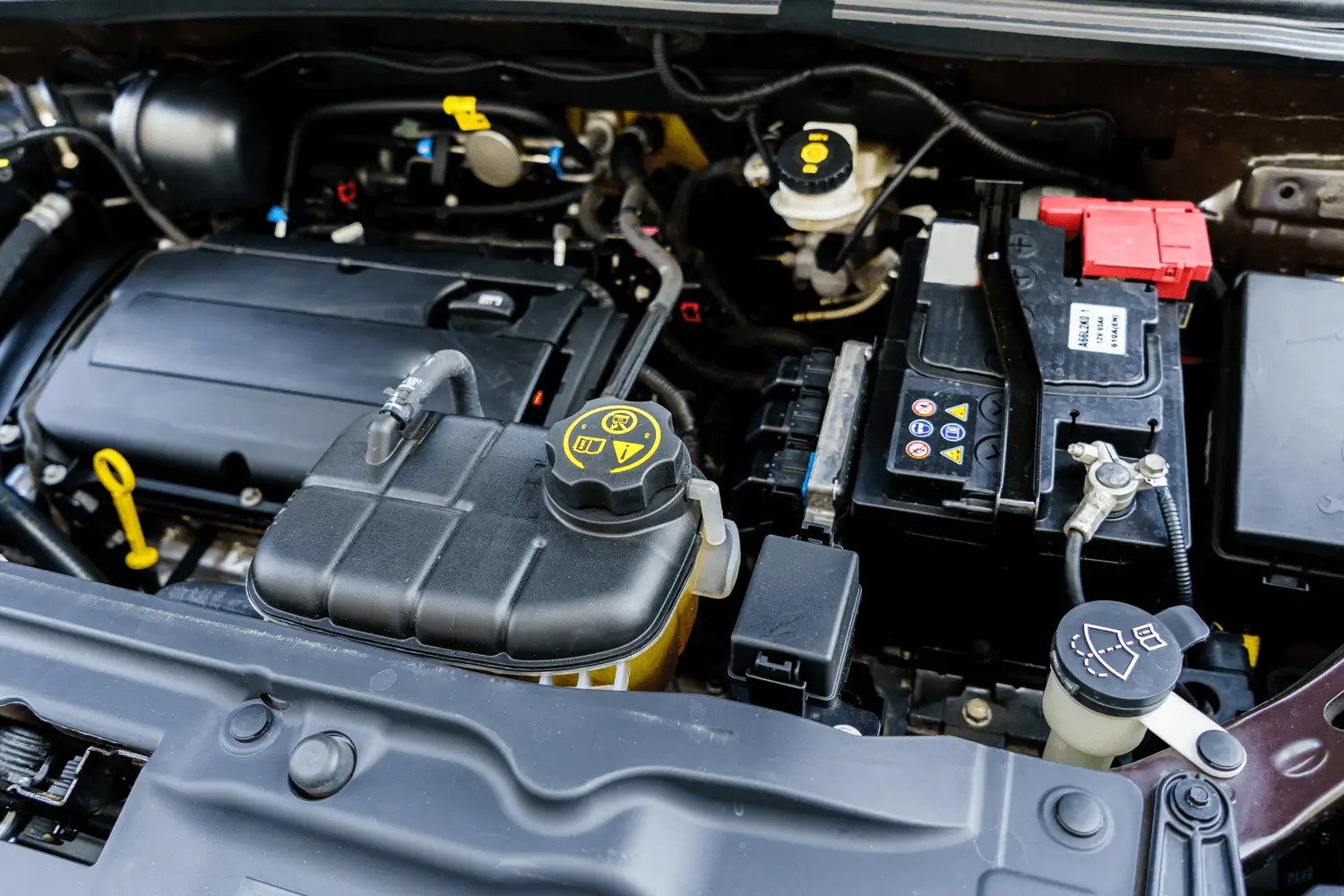
How to Install a 4WD Battery
Here are the top tips for a successful 4WD battery installation process:
- Safety First: Park your 4WD on a flat surface with the engine off and engage the parking brake. Wear appropriate safety gear, such as gloves and eye protection, to prevent accidents.
- How to Disconnect 4WD Battery: Start by disconnecting the negative (-) terminal first, followed by the positive (+) terminal, using a wrench or socket set. Avoid contact between terminals and metal surfaces to prevent sparks.
- Remove the Old Battery: Once disconnected, remove any hold-down clamps or brackets securing the old battery. Lift it out carefully to avoid spills or damage.
- Inspect the Battery Tray: Clean the battery tray of corrosion or debris using a wire brush and a baking soda-water solution. Ensure it's dry before proceeding with the installation.
- Prepare the New Battery: Inspect the new battery for damage, clean the terminals if necessary, and tighten any loose nuts or bolts. Follow manufacturer instructions for electrolyte filling, if required.
- Position the New Battery: Carefully place the new battery into the tray with terminals facing the same direction as the old battery. Secure it using hold-down clamps or brackets to prevent movement.
- Connect the Terminals: Attach the positive (+) terminal first, followed by the negative (-) terminal. Tighten the nuts securely without over-tightening to ensure proper electrical connection.
- Test the Battery: Turn the ignition key to "on" and check that all electrical systems function correctly. Start the engine to confirm smooth operation.
- Secure the Battery: Double-check the battery's placement and ensure all clamps or brackets are tight to prevent movement during off-road driving.
- 4WD Battery Recycling: Dispose of the old battery at a designated recycling center to prevent environmental harm. Many retailers and manufacturers accept old batteries for proper recycling.
By following these installation tips, you can ensure a safe and successful 4WD battery replacement process that keeps your vehicle running smoothly.
Supercharge 4WD Battery Warranty Information and Extension
Supercharge batteries come with an industry-leading warranty period, reflecting our commitment to quality and customer satisfaction. Register your battery purchase on our website to unlock an extended warranty and enjoy peace of mind on the road.
Battery Maintenance for Your 4WD
Regular maintenance enhances battery life and ensures reliable performance. Here are essential tips to keep your 4WD battery in top condition:
- Regular Inspection: Check your battery routinely for signs of corrosion, leaks, or damage. Look for cracks in the casing, and clean any white or greenish corrosion around the terminals.
- Keep Terminals Clean: Clean battery terminals regularly using a mixture of baking soda and water or a commercial terminal cleaner. Ensure terminals are tight and secure to maintain good electrical conductivity.
- Check Electrolyte Levels: If you have a conventional flooded lead-acid battery, monitor electrolyte levels and top up with distilled water as needed to maintain proper levels.
- Secure Battery Properly: Ensure the battery is securely mounted in the tray with hold-down clamps or brackets. A loose battery can vibrate and become damaged, leading to premature failure.
- Avoid Over-Draining: Minimize use of accessories when the engine is off to prevent over-draining the battery. Extended use without the engine running can deplete the battery's charge.
- Regular Driving: Drive your 4WD regularly to allow the alternator to recharge the battery. Short trips and infrequent driving can lead to insufficient charging, reducing battery lifespan.
- Battery Testing: Periodically test your battery's voltage and charge using a multimeter or have it tested professionally. This helps identify potential issues early and prevents unexpected failures.
- Protect from Extreme Temperatures: Extreme heat or cold can affect battery performance. Park your 4WD in a garage or shaded area during hot weather, and use insulation kits in cold climates to prevent freezing.
- Use Battery Maintainer/Charger: If your 4WD will be unused for an extended period, consider using a battery maintainer or charger to keep the battery charged and prevent self-discharge.
- Follow Manufacturer Guidelines: Adhere to the manufacturer's recommendations for battery maintenance and replacement intervals specified in your vehicle's manual. Different battery types may have specific care requirements.
By following these maintenance tips, you can prolong your 4WD battery’s lifespan, ensure reliable performance, and avoid unexpected breakdowns. Regular care and proper handling are essential to maximize battery efficiency and maintain peak performance on your off-road adventures.
Start adventuring! You’re a 4WD Battery Expert Now!
Armed with the Supercharge Superguide to 4WD Batteries, you have all the knowledge to make informed decisions about selecting, installing, and maintaining your vehicle’s power source. Trust Supercharge to enhance your off-road experience with reliability, quality, and industry-leading expertise.
Visit your nearest Supercharge dealer to explore our full range of premium 4WD batteries and discover the difference for yourself. Whether you need installation assistance, expert advice, or simply want to purchase your battery in person, our authorized dealers are here to assist you.

